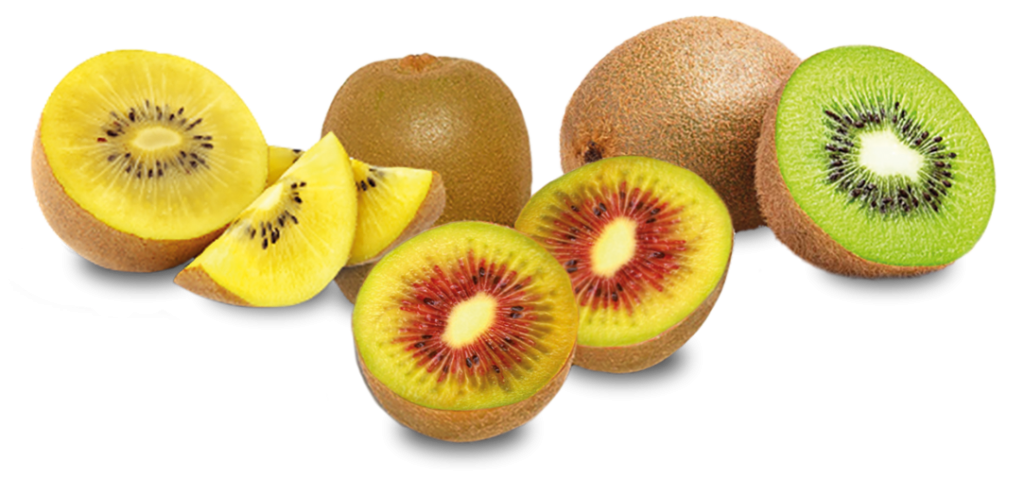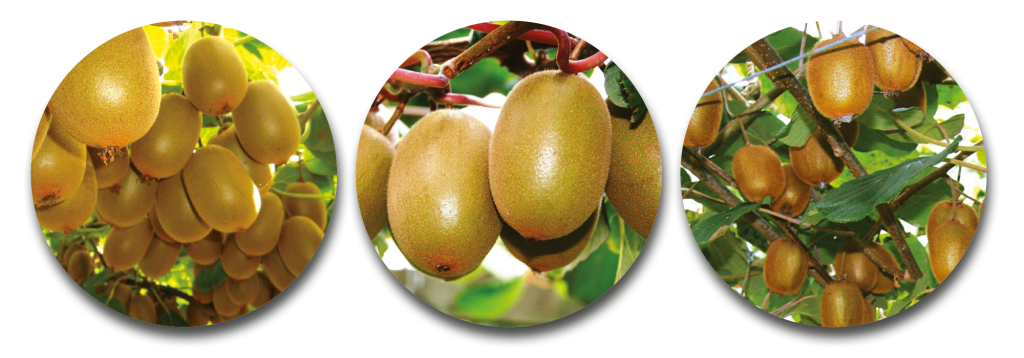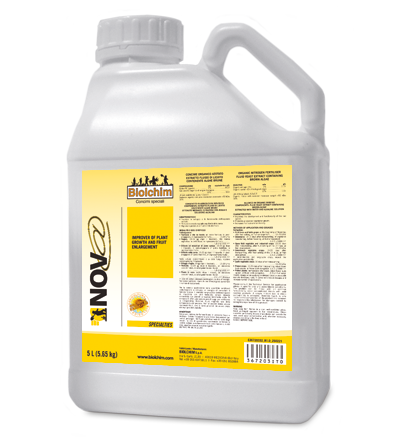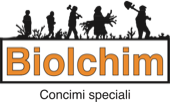Kiwi: 2 Ways (Plus Bonus) to Increase Size
Solutions suitable for every discipline to achieve larger size, improving quality
In kiwifruit cultivation, meeting market-required production standards is crucial for ensuring a good economic return.
Having plants with high yield is not enough: good size, uniformity, and excellent organoleptic characteristics are also necessary.
Dry matter content must be high at harvest, sugar content and acidity must be properly balanced, while pulp hardness must ensure good shelf-life of the production.

SIZE AND QUALITY: THE ELEMENTS AT PLAY
Increasing kiwifruit size and building a good fruit quality profile depend on the physiological state of the plant, its well-being, and the type and quantity of available nutrients.
Cellular metabolism
In the phase immediately following fruit set, within the tissues of newly formed small fruits, cells multiply and expand intensely, requiring large amounts of metabolites, phytohormones, and calcium.
Only by maximizing cell expansion and division in this phase can fruit size be increased at harvest, without altering consistency and shelf-life.
Plant well-being
During flowering and in the early stages after fruit set, the plant’s physiological processes are particularly intense and require high energy and nutrient availability.
Supporting these intense growth rhythms involves considerable metabolic stress, which can be exacerbated by less favorable environmental conditions.
Calcium availability
Calcium is crucial for fruit quality, influencing its consistency, skin thickness, and growth capabilities.
This element is the main constituent of cell walls, determining their structure and stability. It also regulates the passage of nutrients into and out of cells, allowing adequate fruit growth.
Calcium deficiencies post-fruit set result in difficulties achieving large sizes, poor consistency, and poor crop storability.

PRODUCTION GUIDELINES: EACH TO THEIR OWN STRATEGY
Every kiwifruit cultivation protocol is governed by precise quality parameters that must be achieved.
To meet agronomic objectives in every situation, Biolchim has developed cutting-edge strategies for kiwifruit leaf treatments, combining effectiveness, safety, and sustainability.

1. CONVENTIONAL AGRICULTURE AND PLANT GROWTH REGULATOS-FREE
In conventional or zero-residue kiwifruit cultivation protocols, achieving high sizes along with uniformity and quality are commercially rewarded.
Achieving these goals without synthetic growth promoters is possible with KRISS®, FOLICIST® and NITROCAM®.
2. ORGANIC AGRICULTURE
Organic agriculture aims to use formulations with the lowest environmental impact. KRISS® ORGANIC and FOLICIST® are plant-based solutions to ensure high sizes even in organic kiwifruit production, without compromising quality.
Bonus Intervention: Fertigation

It’s surprising how kiwifruit plants can benefit from good fertigation during fruit growth.
For even more significant and satisfying sizes and quality, Biolchim recommends using NOV@® via root application, a plant growth and fruit enlargement biostimulant.
This specialty can be used in all contexts, as it is approved for organic agriculture.
Contact the Biolchim agronomic office to define the best strategy for your plantation.




